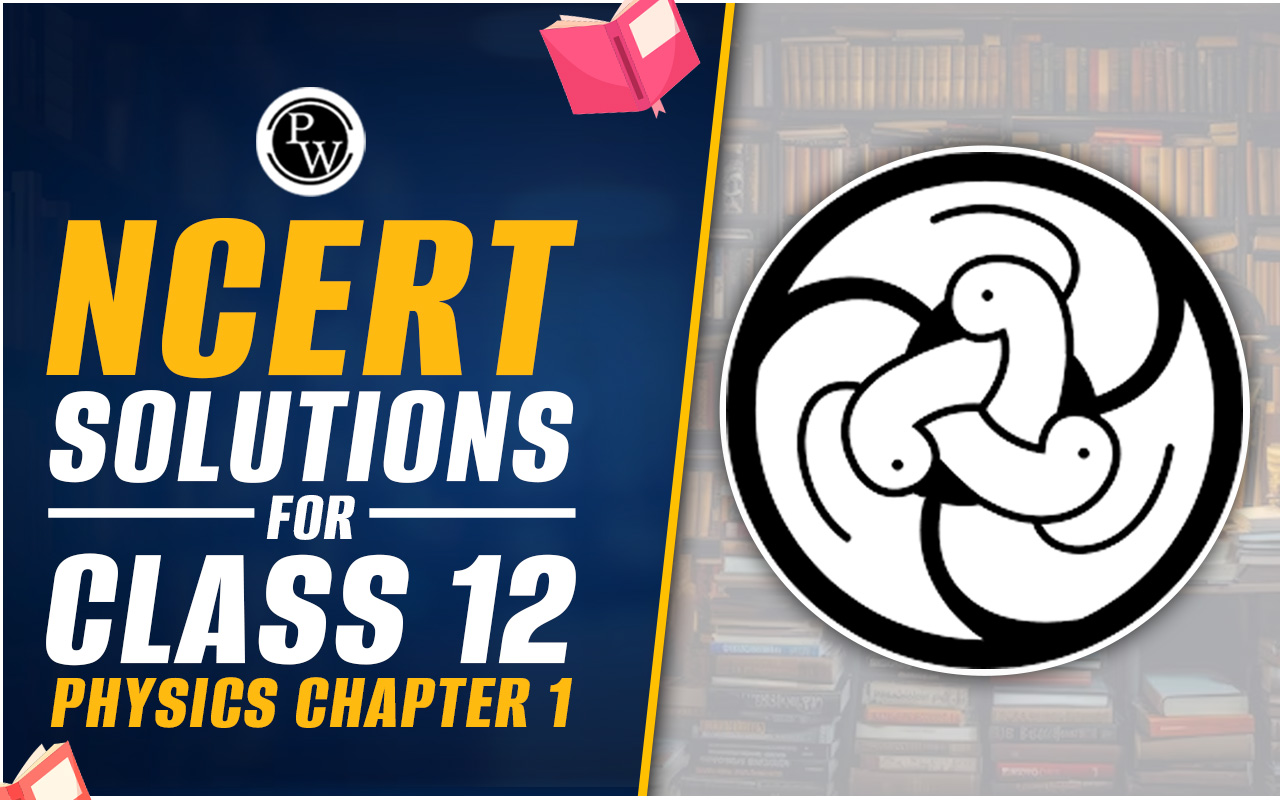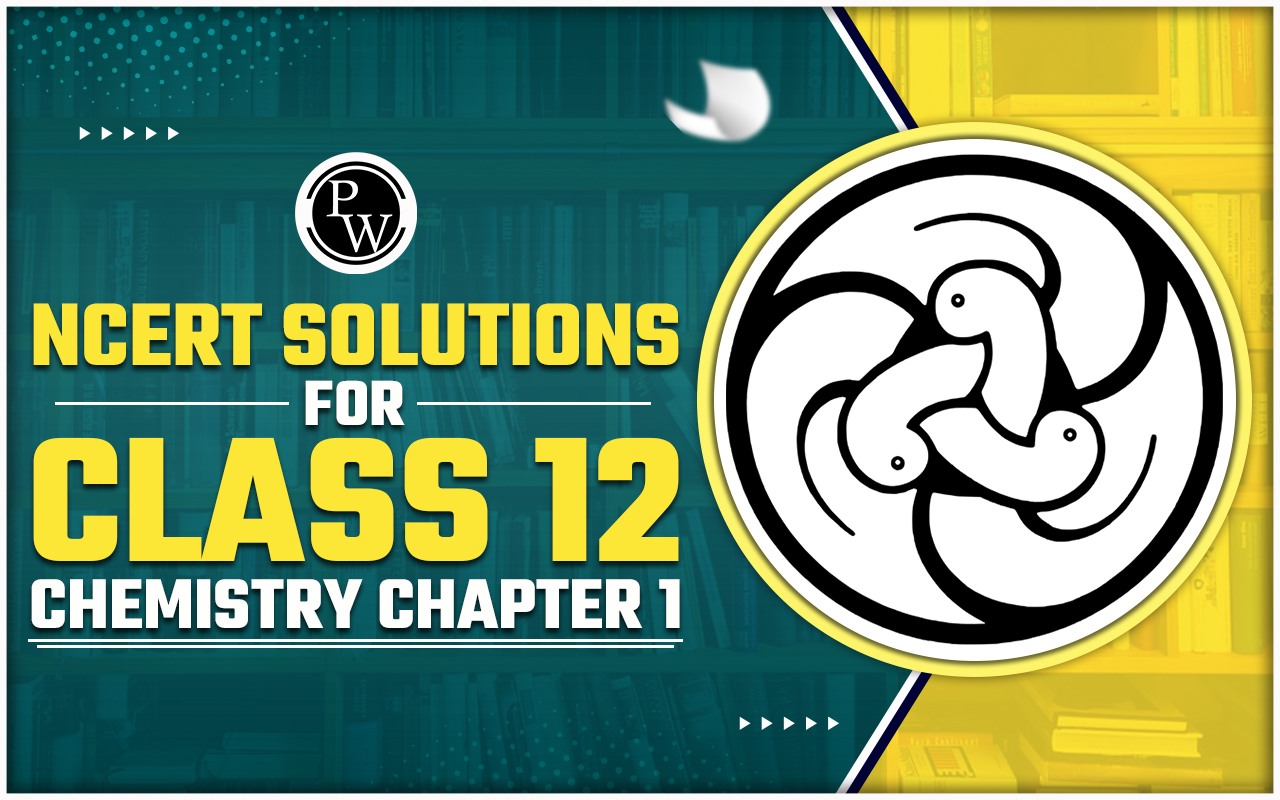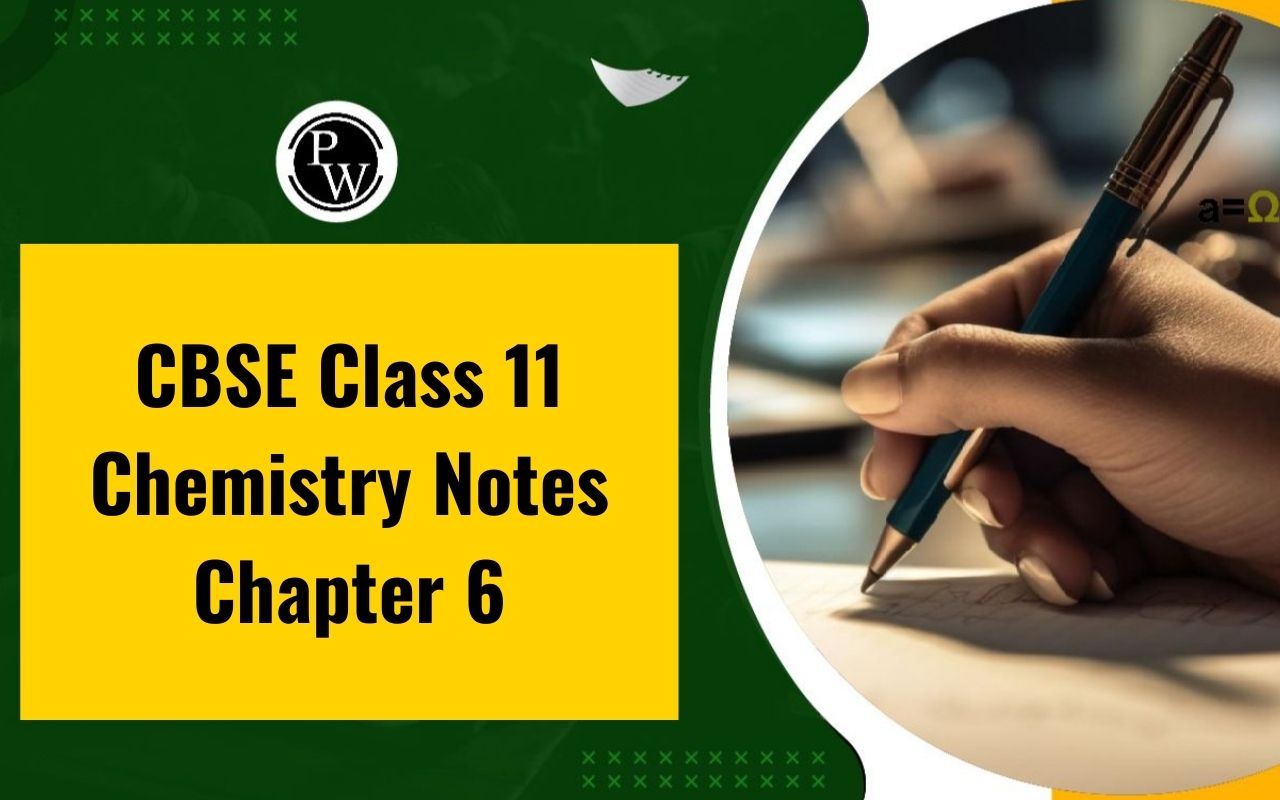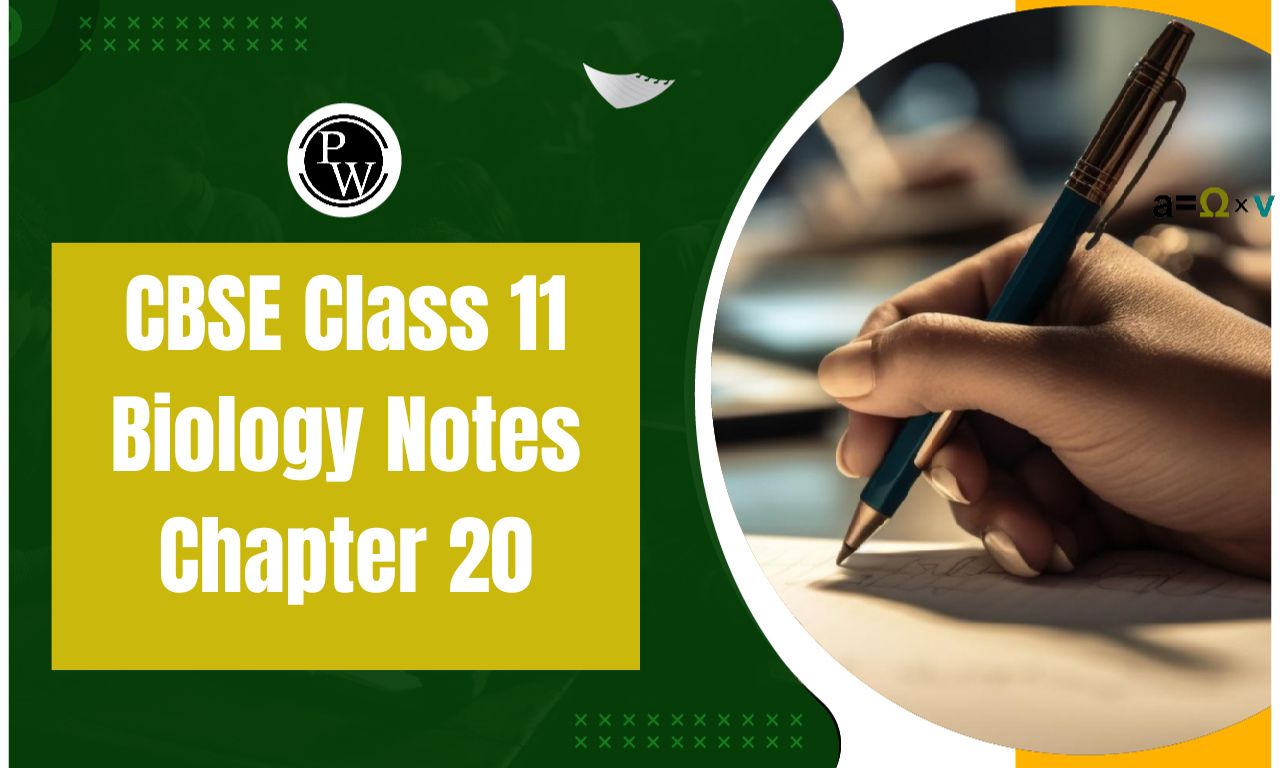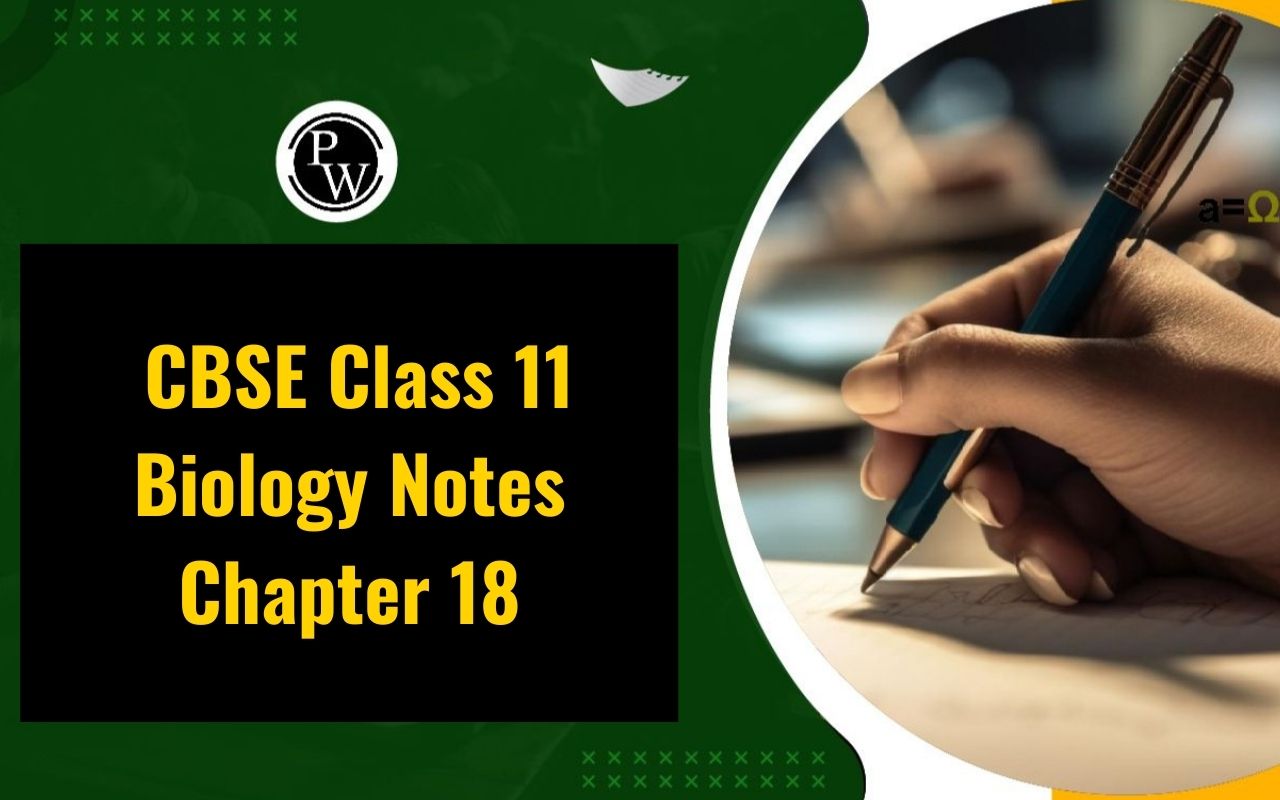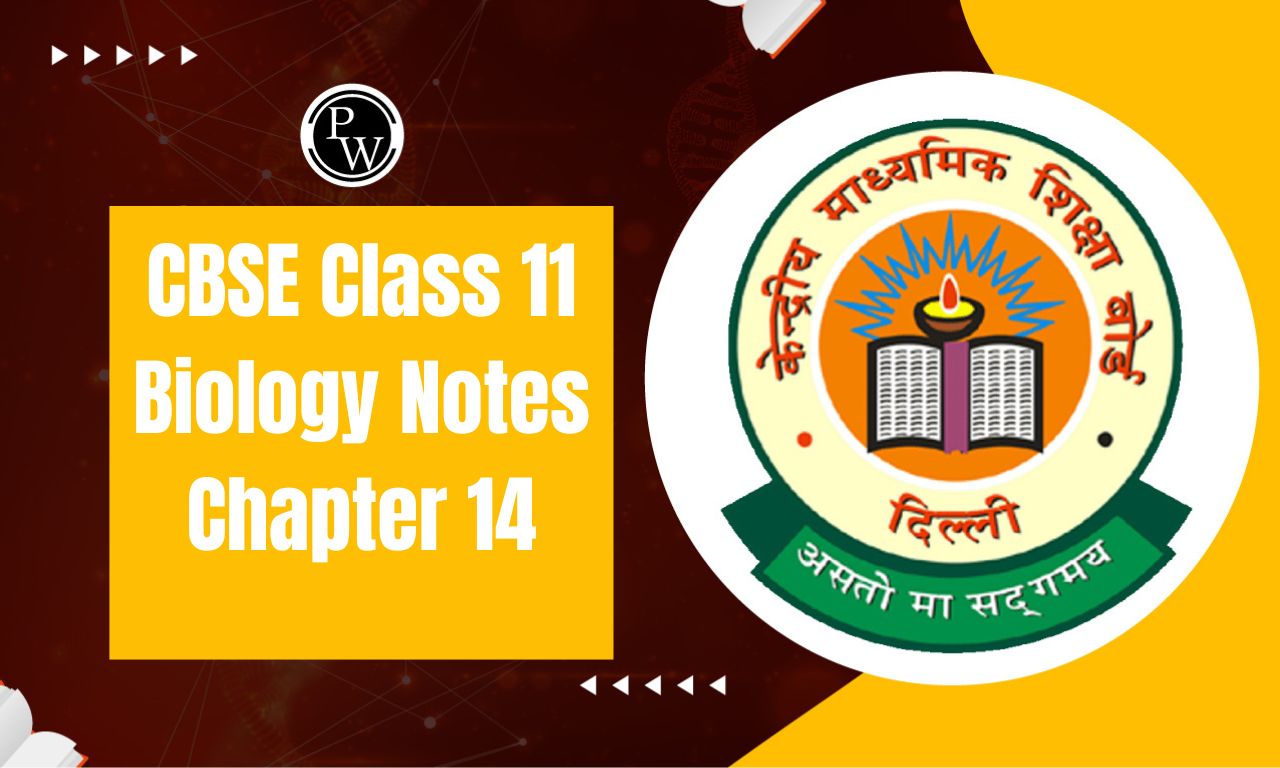
CBSE Class 11 Biology Notes Chapter 20: Since class 9 covers many of the same themes as class 11, class 11 is thought of as the foundation for your higher education. Biology classes require extensive practice and chapter revisions because every chapter has a distinct significance. Therefore, making revision notes according to chapters is crucial to your preparation process.
Revision notes are always important because they truly help you to organise your learning so that you can perform well on tests like the NEET, board, and many others in the future. Similar to review notes, key ideas are emphasised in an approachable and imaginative manner to simplify learning.CBSE Class 11 Biology Notes Chapter 20 Overview
Human locomotion and movement, or the many bodily motions people make, are covered in CBSE Class 11 Biology Notes Chapter 20. Since bones and muscles are necessary for movement, as you are all aware, this chapter also covers the many kinds of bones and muscles and how they function. It also covers a number of fascinating topics, such as how the human body uses twelve separate muscles for locomotion and how we employ them when learning. In order to perform well in your studies, it is necessary to understand the topic covered in locomotion and movement class 11 notes and to brush up on certain subjects.CBSE Class 11 Biology Notes Chapter 20 PDF
Using our CBSE Class 11 Biology Notes Chapter 20 will make review extremely simple, fast, and convenient. For this reason, our has provided all of these topics in the CBSE Class 11 Biology Notes Chapter 20 in a free PDF download format. To view the locomotion and movement class 11 notes at anytime, anywhere, without requiring an internet connection, simply download it once to your device.CBSE Class 11 Biology Notes Chapter 20 PDF
CBSE Class 11 Biology Notes Chapter 20
The term "locomotion" describes the deliberate movement of animals. The approach changes based on the environment and circumstances. The main reasons for moving are usually to find a mate, food, shelter, a good climate, a place to breed, or to flee from predators.Types of Movement
Numerous modes of movement and locomotion have evolved throughout aeons of time by evolution. Ammonites, extinct marine creatures resembling squids, travelled across the ancient waters by means of jet propulsion. Snails move along a coating of mucus by slowly contracting and relaxing their muscular foot. This is known as sticky locomotion. Due to their bipedal nature, humans are able to walk on two legs. With the exception of primates, this mode of movement is uncommon in the animal kingdom. There are three kinds of movement which are ciliary, amoeboid, and muscular.Ciliary Movement
This kind of movement is seen in organs with ciliated epithelium covering them. It facilitates the passage of the egg from the fallopian tube into the uterus as well as the collection of dust particles ingested when breathing.Amoeboid Movement
Certain immune cells, like white blood cells and macrophages, exhibit this kind of mobility. Additionally, amoeba passing via pseudopods exhibits it.Muscle
An adult human's body has between 650 and 840 muscles according to anatomy. Three types of muscles can be distinguished from these ones: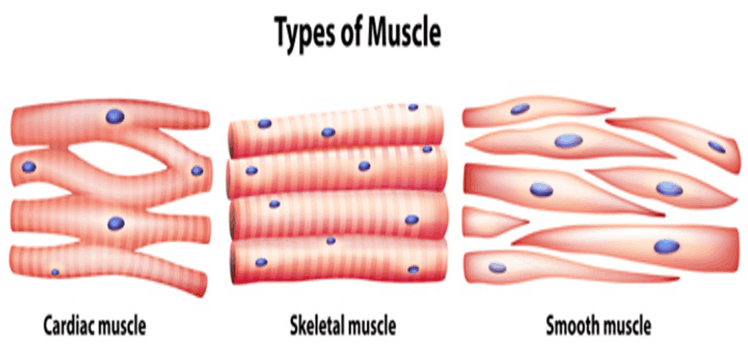
Structure of Muscle
A fascicle is made up of several muscular bundles in skeletal muscle. Multiple muscular fibres make up each muscle bundle. Sarcolemma is the name for the plasma membrane that is placed on the muscle fibres. The sarcoplasm is encircled by the sarcolemma, or muscle membrane. Muscle fibres contain several nuclei referred to as syncytium. Sarcoplasmic reticulum is the term for the endoplasmic reticulum found in muscle fibres. Muscle contraction is aided by the calcium ions that are kept in the sarcoplasmic reticulum. Myofibrils, or parallel strands of myofilaments, are found inside muscle fibres. The fibrous tissue that envelops the skeletal muscle is called the epimysium. The two types of proteins—myosin and actin—that give skeletal muscle its distinctive stripes are present. The light stripes are active and go by the name isotropic bands. However, the dark stripes are known as myosin protein-containing anisotropic bands. Actin filaments are thin filaments, whereas myosin filaments are dense filaments.
In the middle of every actin stripe is an elastic fibre known as the Z-line. Sarcomeres are the segments of myofibrils that lie between two successive Z-lines. The functional unit of muscular contraction is known as the sarcomere.
The two types of proteins—myosin and actin—that give skeletal muscle its distinctive stripes are present. The light stripes are active and go by the name isotropic bands. However, the dark stripes are known as myosin protein-containing anisotropic bands. Actin filaments are thin filaments, whereas myosin filaments are dense filaments.
In the middle of every actin stripe is an elastic fibre known as the Z-line. Sarcomeres are the segments of myofibrils that lie between two successive Z-lines. The functional unit of muscular contraction is known as the sarcomere.
Structure of Contractile Protein
Actin and myosin are the two primary contractile proteins. G-actin, often known as globular actin, is the name of the actin monomer unit. F-actin, or F-filament, is created when G-actin polymerizes. To create actin molecules, two F-filaments wind around one another. The F-actin is encircled by the protein tropomyosin. Tropomyosin contains an even distribution of a different protein called troponin.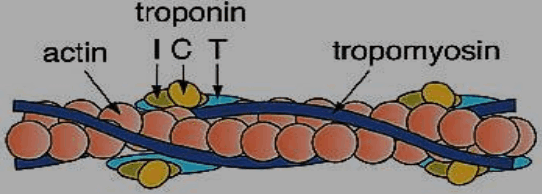 Moromyosin is the name for the monomeric form of myosin. The two components of every meromyosin are a lengthy tail and a spherical head. Actin-binding sites and ATPase activity are present in the spherical head.
Moromyosin is the name for the monomeric form of myosin. The two components of every meromyosin are a lengthy tail and a spherical head. Actin-binding sites and ATPase activity are present in the spherical head.
- Skeletal muscle
- Visceral muscle
- Cardiac muscle
Skeletal muscle
They are also called striated muscles because they are closely related to the skeletal components of the body that, when viewed under a microscope, appear to be striped. These muscles are mostly used for posture adjustments and locomotor activities.Visceral muscle
They are located in the interior walls of the body's hollow visceral systems, such the alimentary canal, reproductive tract, etc., and they are striation-free. They are called smooth muscles because of their smooth appearance. Food may pass through the digestive tract and gametes can pass through the vaginal tract thanks to these involuntary muscles.Cardiac muscle
These are the cardiac muscles, which are made up of cells arranged in a branching manner. They are striated and uncontrollably so.Skeletal System
An adult's skeletal system is made up of roughly 206 bones, all of which are joined together by a web of cartilage, tendons, and ligaments. Given that it can sustain forces greater than 4,000 newtons, the femur is a rather amazing bone. These figures, however, can vary depending on the attack's position and angle. Muscle fibres with smaller units called myofibrils make up skeletal muscle. Each myofibril is composed of three different types of proteins: contractile, regulatory, and structural proteins. Actin and myosin are two types of contractile proteins. Actin is a thin filament, made up of two helical filamentous actin strands, and each filamentous actin strand is made up of several units of actin helix. Two filaments of regulatory proteins, troponin and tropomyosin, are periodically observed alongside the 'F' actin. Troponin covers myosin binding sites on actin filaments during muscular relaxation.Axial Skeletal System
There are a total of 80 bones present in the axial skeletal system including the skull, sternum, vertebral column, and ribs.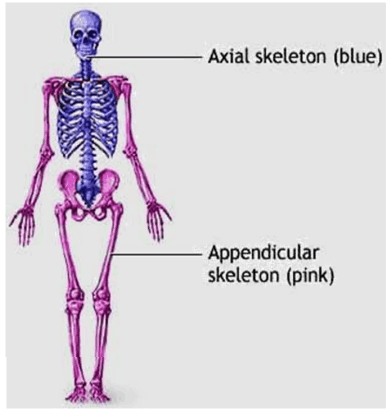 There are twenty-two face and cranial bones in the skull. The brain is shielded by the eight cranial bones in total. The front portion of the skull is made up of 14 bones, which make up the facial region. At the base of the mouth is the U-shaped hyoid bone. The malleus, incus, and stapes are the three tiny bones that make up each middle ear. All of these are referred to as ear ossicles.
There are thirty-three vertebrae in the vertical column, or spine. The trunk's basic anatomy is made up of the vertebral column, which projects from the base of the skull. The neural tube, a hollow section in the middle of each vertebrae, is where the spinal cord travels through.
The occipital condyle is joined to the first vertebra, known as the atlas. Starting from the head, the spine, also known as the vertebral column, is separated into 7 cervicals, 12 thoracic, 5 lumbar, 1 sacral, and 1 coccyx. Mammals retain their number of cervical vertebrae.
There are twenty-two face and cranial bones in the skull. The brain is shielded by the eight cranial bones in total. The front portion of the skull is made up of 14 bones, which make up the facial region. At the base of the mouth is the U-shaped hyoid bone. The malleus, incus, and stapes are the three tiny bones that make up each middle ear. All of these are referred to as ear ossicles.
There are thirty-three vertebrae in the vertical column, or spine. The trunk's basic anatomy is made up of the vertebral column, which projects from the base of the skull. The neural tube, a hollow section in the middle of each vertebrae, is where the spinal cord travels through.
The occipital condyle is joined to the first vertebra, known as the atlas. Starting from the head, the spine, also known as the vertebral column, is separated into 7 cervicals, 12 thoracic, 5 lumbar, 1 sacral, and 1 coccyx. Mammals retain their number of cervical vertebrae.
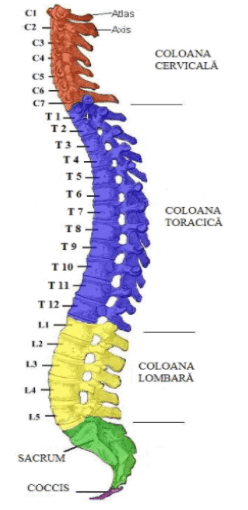
Appendicular Skeletal System
The Appendicular Skeletal System is made up of limb bones and girdles. Each limb has 30 bones. Forelimb Bones: The bones of the front leg or arm or forelimb are the humerus, radius and ulna, wrist (8 carpal bones), and metacarpal bone (5 palm bones), and phalanges (14 digit bones).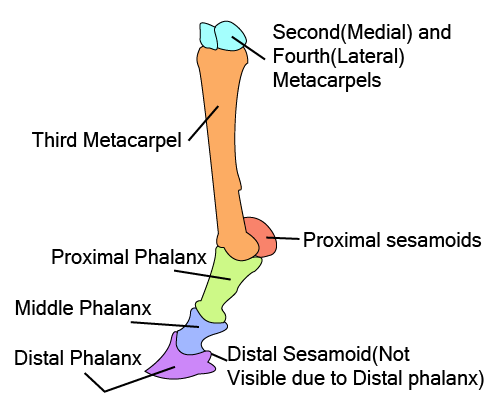 Hindlimb Bones: There are several bones present in the hind leg or limb which are the femur, the thigh bone (the longest bone), tibia and fibula, and 7 tarsals (the ankle bones), 5 metatarsals, and 14 phalanges. The cup-shaped bones present on the knees are called the patella.
Hindlimb Bones: There are several bones present in the hind leg or limb which are the femur, the thigh bone (the longest bone), tibia and fibula, and 7 tarsals (the ankle bones), 5 metatarsals, and 14 phalanges. The cup-shaped bones present on the knees are called the patella.
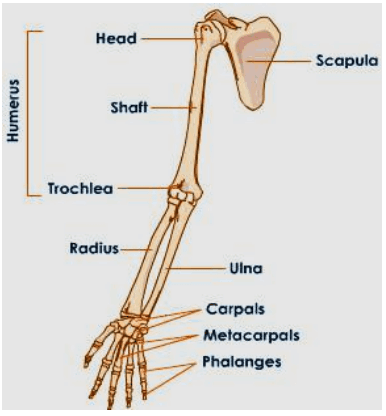 The scapula and the collarbone/clavicle make up the pectoral girdle. The glenoid cavity in the scapula connects to the forelimb bones and creates a hinge with the humerus in the shape of a ball and socket joint.
The acetabulum, a cup-shaped chamber in the pelvic girdle, connects the thigh muscles to the pelvic girdle and forms a spherical ball and socket joint with the femur, which is connected to the bones of the hind leg.
The scapula and the collarbone/clavicle make up the pectoral girdle. The glenoid cavity in the scapula connects to the forelimb bones and creates a hinge with the humerus in the shape of a ball and socket joint.
The acetabulum, a cup-shaped chamber in the pelvic girdle, connects the thigh muscles to the pelvic girdle and forms a spherical ball and socket joint with the femur, which is connected to the bones of the hind leg.
Joints
Joints, which are necessary for mobility, connect bones and even cartilage. They fall into the following categories: Fibrous joints: they are immobile. As an illustration, consider flat skull bones that fuse together end to end with the aid of dense, fibrous connective tissues to form sutures and, eventually, a cranium. Cartilaginous joints: cartilages link the bones in these areas. This kind of joint allows limited movement between neighbouring vertebrae in the vertebral column. Synovial joints are spaces between the articulating surfaces of two bones that are filled with synovial fluid and allow for some movement. For instance, a ball and socket joint, hinge joint, etc.Disorders of The Muscular and Skeletal System
Myasthenia Gravis: This illness weakens and paralyses skeletal muscles by affecting neuromuscular nodes. The illness known as myasthenia gravis is autoimmune. A hereditary condition known as muscular dystrophy gradually destroys skeletal muscle. Tetany: This causes the body's fluids to contain low amounts of calcium ions, which causes muscular spasms to occur quickly. Joint inflammation is known as arthritis. Gout: This disorder is brought on by uric acid crystals building up in the joints, which can lead to joint inflammation. Osteoporosis: A decrease in bone mass raises the possibility of fractures. It's age-related and typically associated with low oestrogen levels.Benefits of CBSE Class 11 Biology Notes Chapter 20
Since biology is entirely a theoretical and conceptual science, it requires intense concentration, practice, revision, and in-depth research. There are 22 chapters in class 11 biology, and since each chapter covers a separate set of fundamentals and concepts, biology requires intense concentration throughout study sessions. Since it is difficult to memorise every topic, you will need well-prepared revision notes for every chapter to make the process easier. We creates just the notes that each student desires for their studies. We cover all the essential points in brief in the our Biology Notes, along with certain extremely crucial themes that are emphasised for your convenience. In addition to notes, we give you practice questions based on each topic so you can get familiar with the material. The more you practice, the easier it is for you to understand topics.CBSE Class 11 Biology Notes Chapter 20 FAQs
Which is the most difficult chapter in class 11 biology?
Plant Physiology – This chapter covers various physiological processes in plants, such as photosynthesis, respiration, and plant growth regulators. The complex nature of these processes makes this chapter challenging for many students.
What is locomotion and movement in short notes?
When an organism moves from one location to another, the process is called movement. If a location change also accompanies the movement, then it is termed as locomotion. Examples of locomotion are walking, climbing, running, etc.
What are the types of locomotion in class 11?
Walking, running, climbing, flying, swimming are all some forms of locomotory movements. Locomotory structures need not be different from those affecting other types of movements. For example, in Paramoecium, cilia helps in the movement of food through cytopharynx and in locomotion as well.
🔥 Trending Blogs
Talk to a counsellorHave doubts? Our support team will be happy to assist you!

Check out these Related Articles
Free Learning Resources
PW Books
Notes (Class 10-12)
PW Study Materials
Notes (Class 6-9)
Ncert Solutions
Govt Exams
Class 6th to 12th Online Courses
Govt Job Exams Courses
UPSC Coaching
Defence Exam Coaching
Gate Exam Coaching
Other Exams
Know about Physics Wallah
Physics Wallah is an Indian edtech platform that provides accessible & comprehensive learning experiences to students from Class 6th to postgraduate level. We also provide extensive NCERT solutions, sample paper, NEET, JEE Mains, BITSAT previous year papers & more such resources to students. Physics Wallah also caters to over 3.5 million registered students and over 78 lakh+ Youtube subscribers with 4.8 rating on its app.
We Stand Out because
We provide students with intensive courses with India’s qualified & experienced faculties & mentors. PW strives to make the learning experience comprehensive and accessible for students of all sections of society. We believe in empowering every single student who couldn't dream of a good career in engineering and medical field earlier.
Our Key Focus Areas
Physics Wallah's main focus is to make the learning experience as economical as possible for all students. With our affordable courses like Lakshya, Udaan and Arjuna and many others, we have been able to provide a platform for lakhs of aspirants. From providing Chemistry, Maths, Physics formula to giving e-books of eminent authors like RD Sharma, RS Aggarwal and Lakhmir Singh, PW focuses on every single student's need for preparation.
What Makes Us Different
Physics Wallah strives to develop a comprehensive pedagogical structure for students, where they get a state-of-the-art learning experience with study material and resources. Apart from catering students preparing for JEE Mains and NEET, PW also provides study material for each state board like Uttar Pradesh, Bihar, and others
Copyright © 2025 Physicswallah Limited All rights reserved.
Get App
